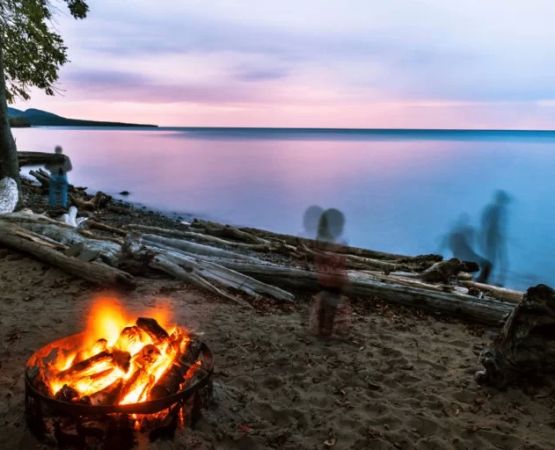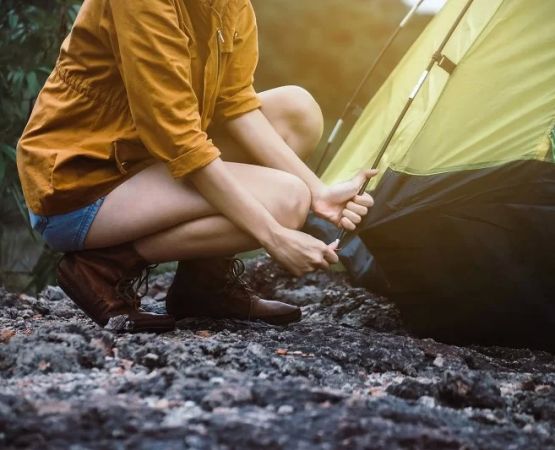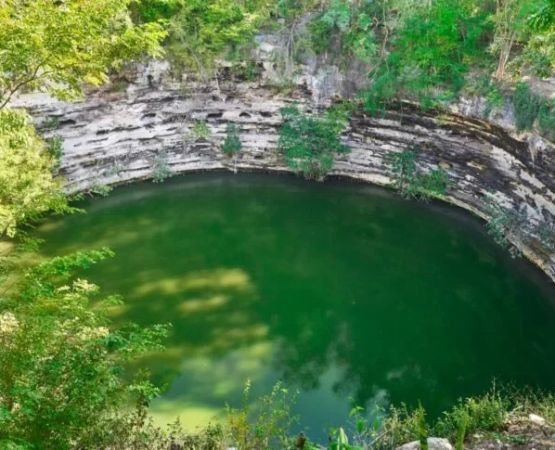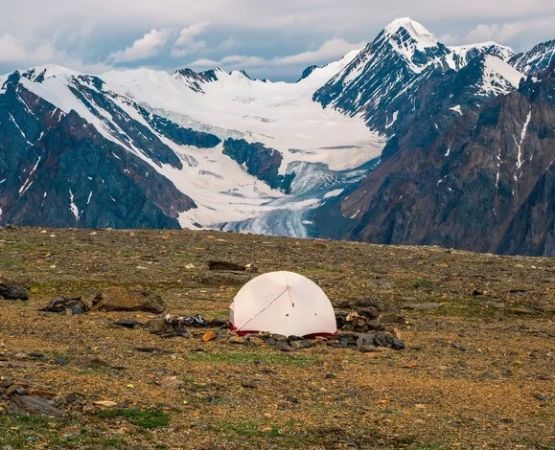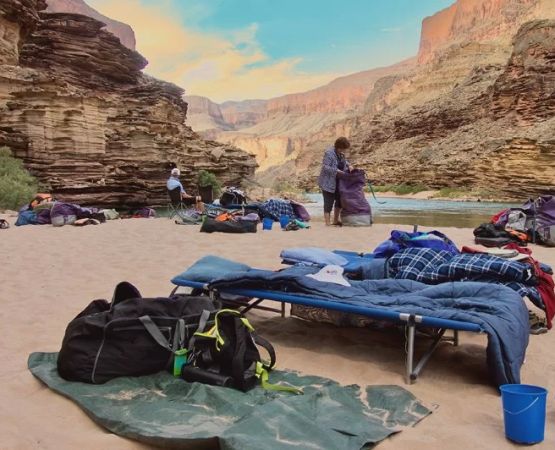- #Understanding-rocky-flatland-transitions
- #Choosing-a-safe-spot-for-camping-in-transition-zones
- #Real-stories-from-campers-in-rocky-flatland-areas
- #Essential-skills-for-camping-in-rocky-flatland-transitions
- #How-to-prepare-for-weather-and-gear-challenges
- #Finding-transition-friendly-campgrounds
1. Understanding Rocky Flatland Transitions
Camping in rocky flatland transitions requires a deeper understanding of how landscapes shift between level plains and rugged, uneven terrain. These areas are found across many parts of the United States, where desert floors rise into rocky shelves or prairies break into scattered stone formations. The unique combination of flat accessibility and rocky features makes them ideal for adventurous campers who want variety without high-elevation risks.
People often underestimate these locations because they appear simple at first glance. However, transition zones can introduce sudden changes in footing, unexpected dips in terrain, and shifting patches of loose gravel. Understanding these features helps you appreciate the landscape’s beauty while staying safe. Outdoor enthusiasts often turn to resources like 【Pine Cliff Resort 】for gear advice suited to rugged, blended terrains.
2. Choosing a Safe Spot for Camping in Transition Zones
2.1 Evaluating Ground Stability
Even in flat areas, the presence of rocks can create an uneven or unstable surface. Always check for firm ground before laying out your tent, and test the soil to ensure your stakes will hold securely. Many seasoned campers say they spend more time assessing the ground in transition areas than anywhere else.
2.2 Avoiding Low Spots and Rock Pockets
Transition zones often include small depressions or rocky pockets that can collect water. Even a light rain can turn these spaces into muddy traps. Choosing slightly elevated ground reduces risk while maintaining comfort.
2.3 Strategic Orientation of Gear
Winds can behave unpredictably near rocky ledges or open flats. Some campers face their tents away from rocky edges, allowing them to reduce wind exposure and enjoy quieter nights.
3. Real Stories from Campers in Rocky Flatland Areas
3.1 The New Mexico Escarpment Surprise
A pair of travelers reported setting up camp near a rocky escarpment in central New Mexico. After nightfall, they discovered how coyotes used the rocky terrain to amplify their howls, creating an echo that felt both eerie and awe-inspiring. Their initial fear eventually turned into fascination, and the moment became one of their most memorable camping experiences.
3.2 A Kansas Flatland Wind Shift
Another camper described a sudden wind shift across the Kansas plains. While the surrounding terrain looked stable, a gust swept across the rocky edges, forcing them to reposition their tent in the middle of the night. Later, they explained how crucial it was to scout wind patterns more carefully in transition landscapes.
3.3 Colorado’s Blended Terrain Challenge
In Colorado, a family camping in a mixed prairie-rock transition zone discovered how quickly weather could shift. With a brief storm rolling over rocky layers, they learned the importance of anchoring gear properly—even in seemingly flat spaces.
4. Essential Skills for Camping in Rocky Flatland Transitions
4.1 Reading Terrain Like a Pro
Transition terrain requires careful visual analysis. Look for subtle color changes in soil, cracked rock layers, or plant growth patterns, all of which indicate stability levels. This skill helps prevent injuries and enhances comfort during overnight stays.
4.2 Building a Secure Tent Setup
Practice using longer stakes, heavier anchor points, or rock-assisted tie-downs. Many campers rely on local resources or experts associated with 【Pine Cliff Resort 】to choose the right tenting supplies for these mixed conditions.
4.3 Navigating with Landmarks
Flatlands can make it difficult to identify direction, while rocky outcroppings can create visual confusion. Using landmarks, GPS, and compass skills together ensures you stay oriented, especially during early morning or evening hikes.
5. How to Prepare for Weather and Gear Challenges
5.1 Handling Temperature Swings
Rocky landscapes heat quickly during the day and cool rapidly at night. Layering clothing and choosing temperature-rated sleeping bags helps regulate comfort. Sudden drops can surprise even experienced campers.
5.2 Managing Wind Exposure
Wind behaves differently in flatlands versus rocky zones. It accelerates near stone formations and disperses in open plains. Setting up windbreaks or using natural rock structures can greatly improve your camping experience.
5.3 Protecting Gear from Abrasion
Sharp rocks can easily damage tents, backpacks, or sleeping mats. Choosing reinforced gear or placing padding beneath your equipment helps prevent costly tears. Outdoor experts often suggest using older ground tarps as sacrificial layers.
6. Finding Transition-Friendly Campgrounds
6.1 Identifying Landscapes That Offer Diverse Terrain
Many U.S. campgrounds feature mixed terrain that blends flatlands with rocky shelves. These locations provide scenic variety while remaining accessible for families and beginners. Parks in Utah, Colorado, and New Mexico are especially popular for this type of environment.
6.2 Checking Amenities and Accessibility
Some transition-friendly campsites offer helpful amenities such as water access, marked trails, or ranger assistance. Others are more remote but provide unmatched views. Travelers often consult destinations connected with 【Pine Cliff Resort 】to choose the right balance of comfort and challenge.
6.3 Seasonal Considerations
Spring and fall tend to offer the best temperatures for rocky flatland transitions. Summer can bring harsh heat on exposed rocks, while winter creates icy hazards. Planning around seasonal strengths ensures a safer, more enjoyable adventure.

